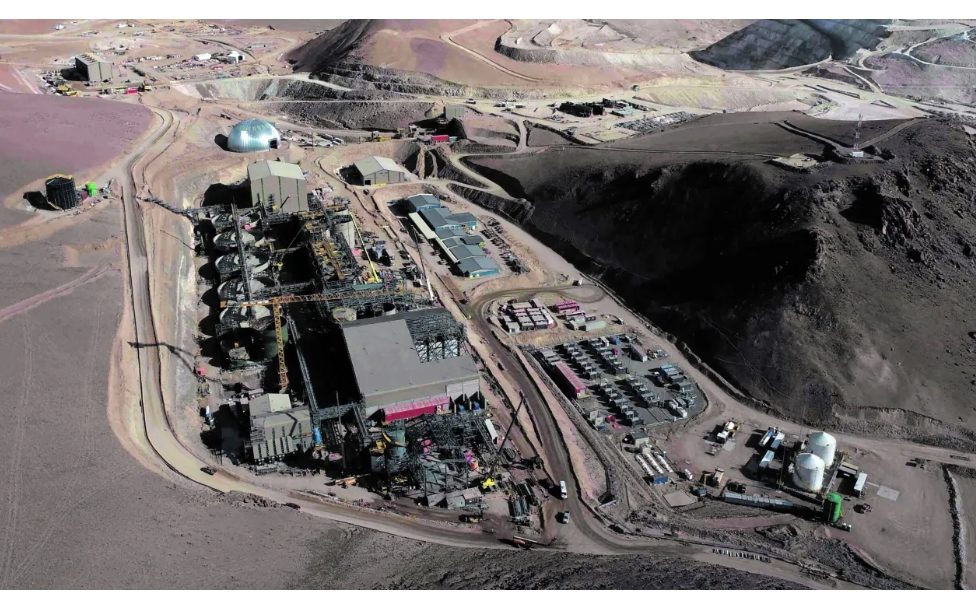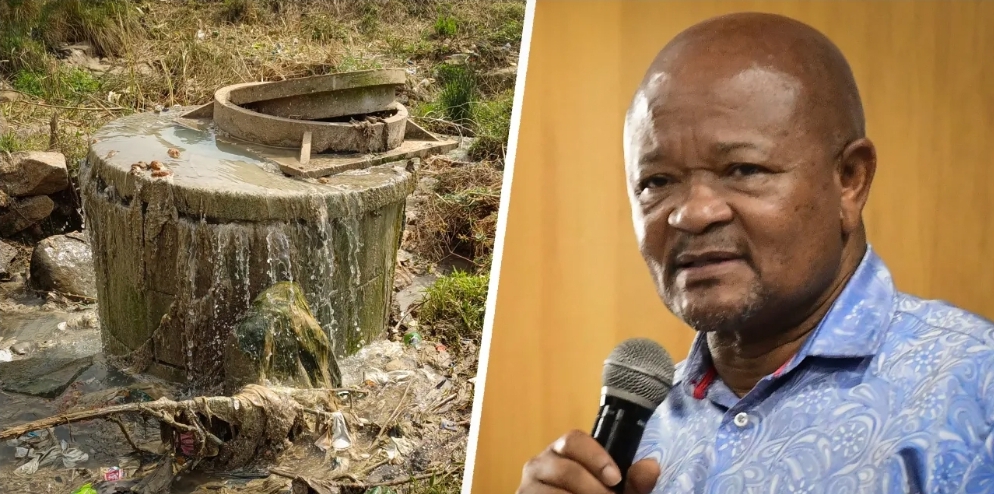Mystery of missing chinchillas at Gold Fields’ new Chilean mine

The JSE-listed gold producer relaunched Operation Chinchilla in early February, three years after the initial translocation project was halted by Chilean regulators in response to the deaths of two of the first four animals captured for rerelease.
During a presentation on 7 May, Gold Fields provided an update and it does seem that the rodents have been removing themselves.
“We have been working with the authorities on the capture and relocation of the chinchillas, and we have gone through the sequencing. And to date we have not captured any chinchillas,” Gold Fields’ CEO, Mike Fraser, said.
“It is quite conceivable that the chinchillas moved on; that’s a plausible scenario,” he said.
Gold Fields has identified nine rockeries – ideal chinchilla habitat – near the mine and is proceeding one rockery at a time. Rockery number three has been the focus, as it lies closest to the waste dump for the mine, which poured its first gold a few weeks ago.
“We formally need to go through them in a [systematic] way to identify and capture the chinchillas. If we haven’t after three rounds of attempt to capture, we are then permitted to remove the rockery,” Fraser said.
If a chinchilla is detected, a trap must be installed to capture and relocate it. The traps are non-lethal and designed not to harm the furry, rabbit-sized critters.
The rockeries are thoroughly probed for any signs of life.
‘Thorough process’

Gold Fields says it’s a plausible scenario that the chinchillas have been moving away from the mine by themselves. (Photo: Freepik)
“A heat sensor is inserted into all the cracks and crevices between the rocks before the rocks are removed. So it’s a very thorough process to ensure there are no chinchillas present,” said Andrew Parsons, Gold Fields’ vice-president for climate and the environment.
And Gold Fields now has permission to remove rockery number three, which will involve bashing the rock with a loader.
Why would rodents self-remove?
Gold Fields, it must be said, has put a lot of effort into addressing this issue, and it is doubtful if any of its senior executives ever imagined when they started their careers that they would one day be fielding questions about chinchillas.
Former CFO Paul Schmidt said earlier this year that the price tag for the operation – initially about $400,000 – had risen into the “millions”. That’s dollars, not rands.
Though it is an environmental requirement – and one that has attracted a lot of public and regulatory attention – Gold Fields does seem to be quite literally leaving no stone unturned in its quest to get this right.
The company has employed no fewer than 16 vets at the site, who work on a rotation basis.
Still, the failure since the relaunch to find or capture any chinchillas – after about three dozen were identified in the area – does raise some questions.
The big ones are, first, why would the rodents self-remove? Chinchillas are not known to be migratory. And though they are nocturnal, can they do so in an apparently stealthy and undetected manner?
As to why the animals would be prompted to leave one rockery for another, this is perhaps not a head-scratcher. After all, a mine has just been built next door.
“Animals just do not move around for no reason,” Jaime Jiménez, a professor in biological sciences at the University of North Texas and an expert in chinchilla ecology, told Daily Maverick by email. “The chinchillas could [have] … moved somewhere else as [a] result of the disturbance. Unless well-designed studies are conducted, it would be hard to tell.
“It is costly and risky, and therefore selection to move should offset the costs. Normally, it is as a response to resources or environmental pressures,” he said.
There are a number of ways to regard this from the perch of a wind-swept rockery.
The translocation plan, which has the approval of the Chilean government, is aimed at moving the population away from the mine. That’s the whole point of the exercise.
‘Animal agency’
So, if the fur balls are moving on their own, that is perhaps no bad thing and points to “animal agency” – an emerging field of inquiry in animal studies, including history.
The chinchillas don’t need humans to bait, trap and relocate them away from the mine – they know the neighbourhood has become noisy, dusty or whatever, and suddenly has a herd of Homo sapiens and big yellow machines lumbering around.
And for Gold Fields, this could be a pot of faunal gold. If the animals are moving on their own accord, they are saving the company the hassle of relocating them – a risky undertaking, judging from the fiasco of the first attempt in 2020.
The last thing that Gold Fields wants is for the chinchilla body count to rise because of its relocation project. The two that died in 2020 did so in captivity before their scheduled release back into the wild, underscoring the challenges involved.
Animal rights activists and some conservation scientists are unlikely to see it this way and will smell a rat.
It will be seen in such circles as an example of how extractive industries negatively impact wildlife.
The short-tailed chinchilla is endangered because it was almost hunted to extinction for its coveted fur, and because it’s cute, it makes an ideal poster child for animal welfare campaigns.
This leads to the second question raised. If you have spent millions of dollars to relocate small rodents, surely you want to keep tabs on them?
The vet-to-chinchilla ratio is roughly one to two, and the population has been subjected to extensive monitoring. Outside labs with rats, there is probably no population of rodents on the planet that has been subjected to such scrutiny.
Gold Fields would do itself a favour by properly monitoring the population and its movements. Saying it’s “conceivable” that the animals have moved on falls short, and indicates that the company does not know what these animals have actually done.
What does not seem “conceivable” is that million-dollar rodents could just vanish.
This will provide critics of the project with ammunition. And they will come loaded for bear.
Source: DM




